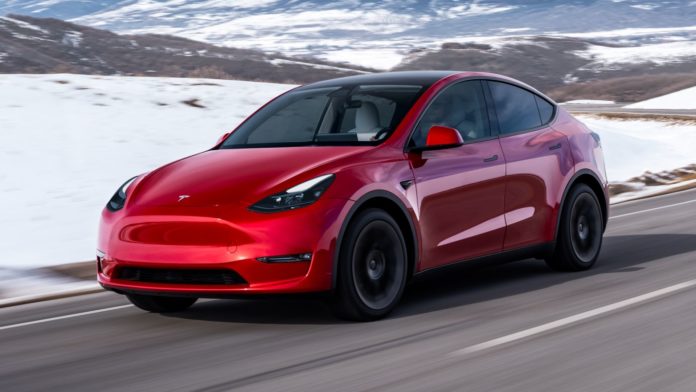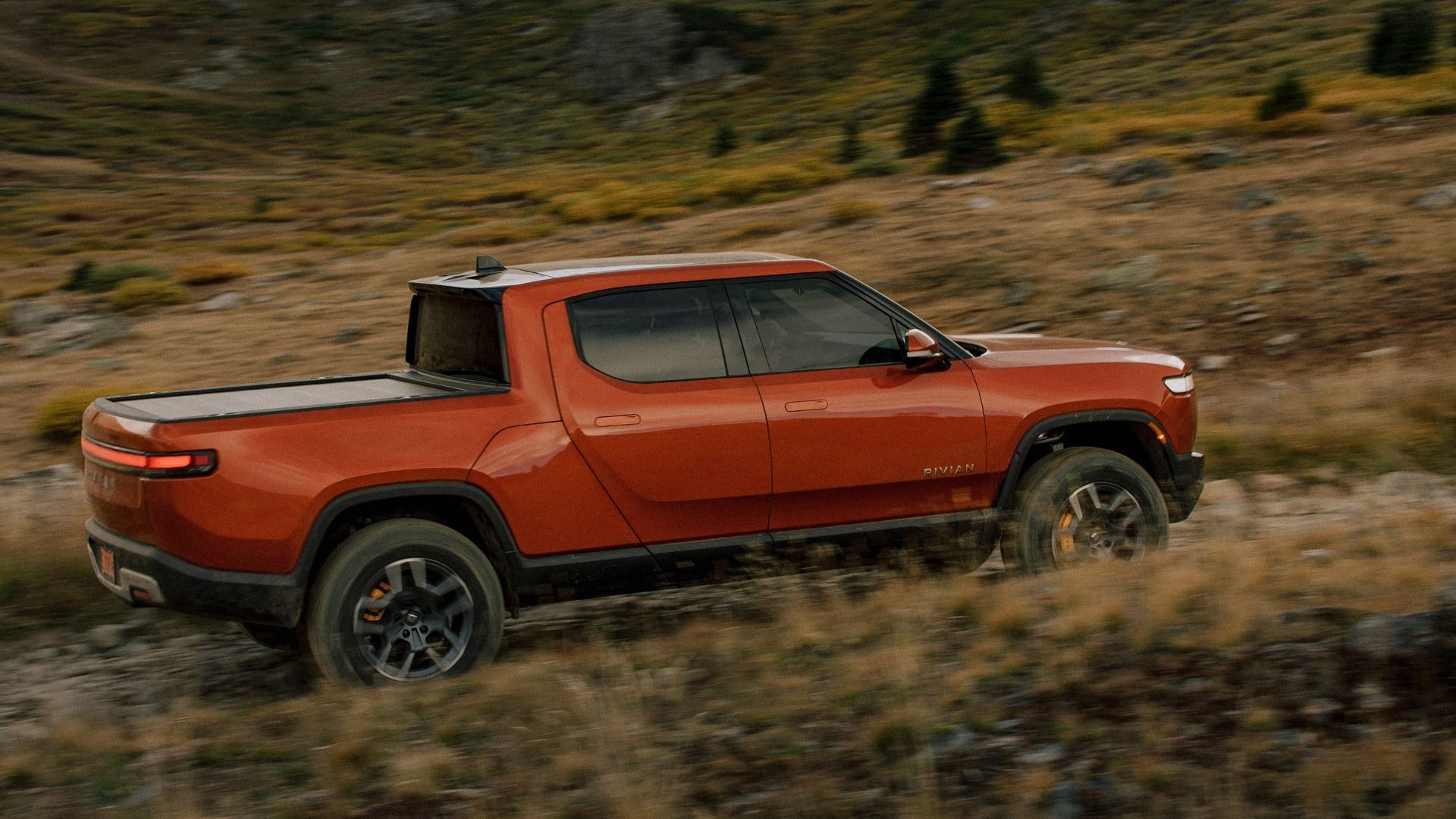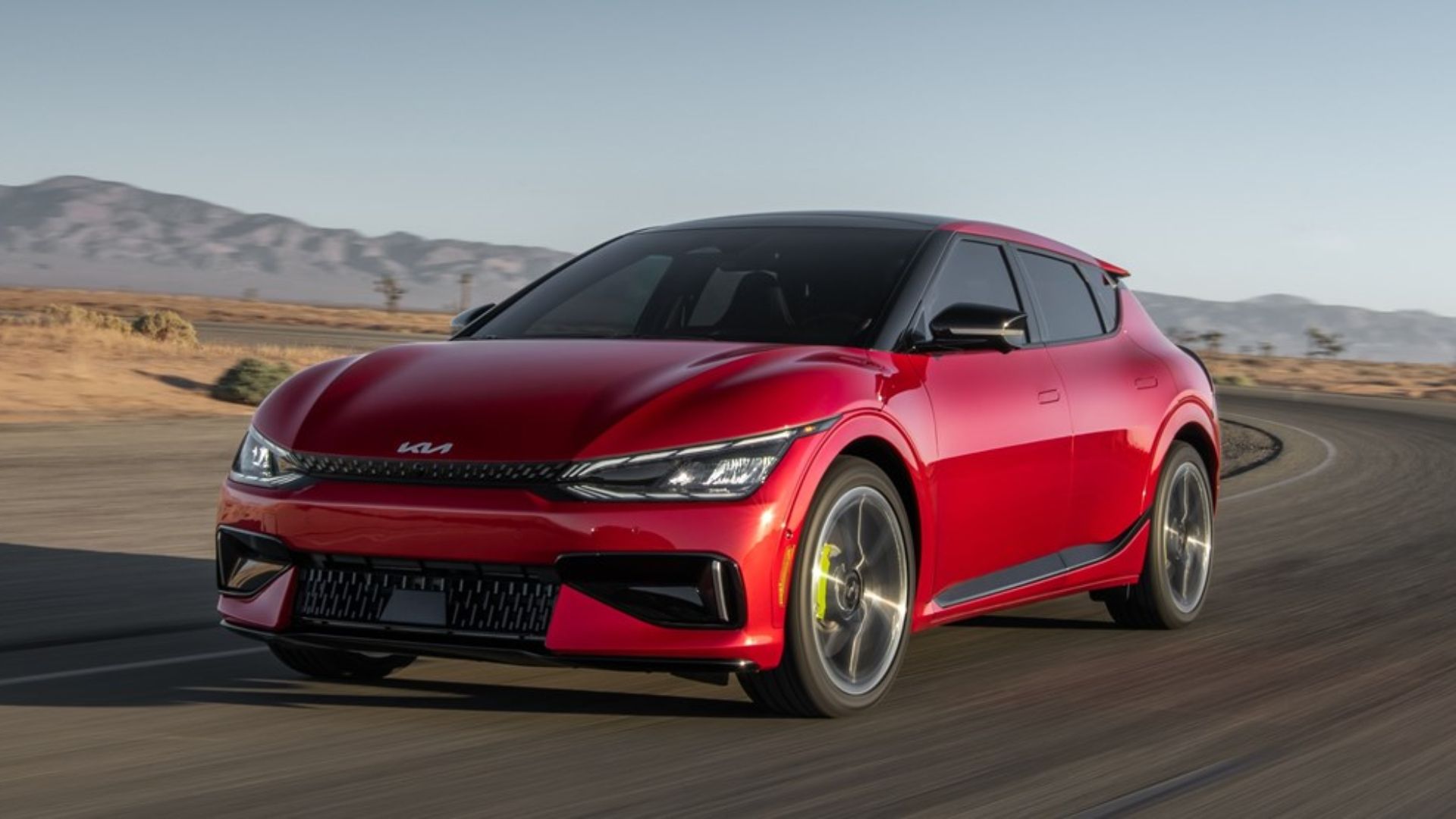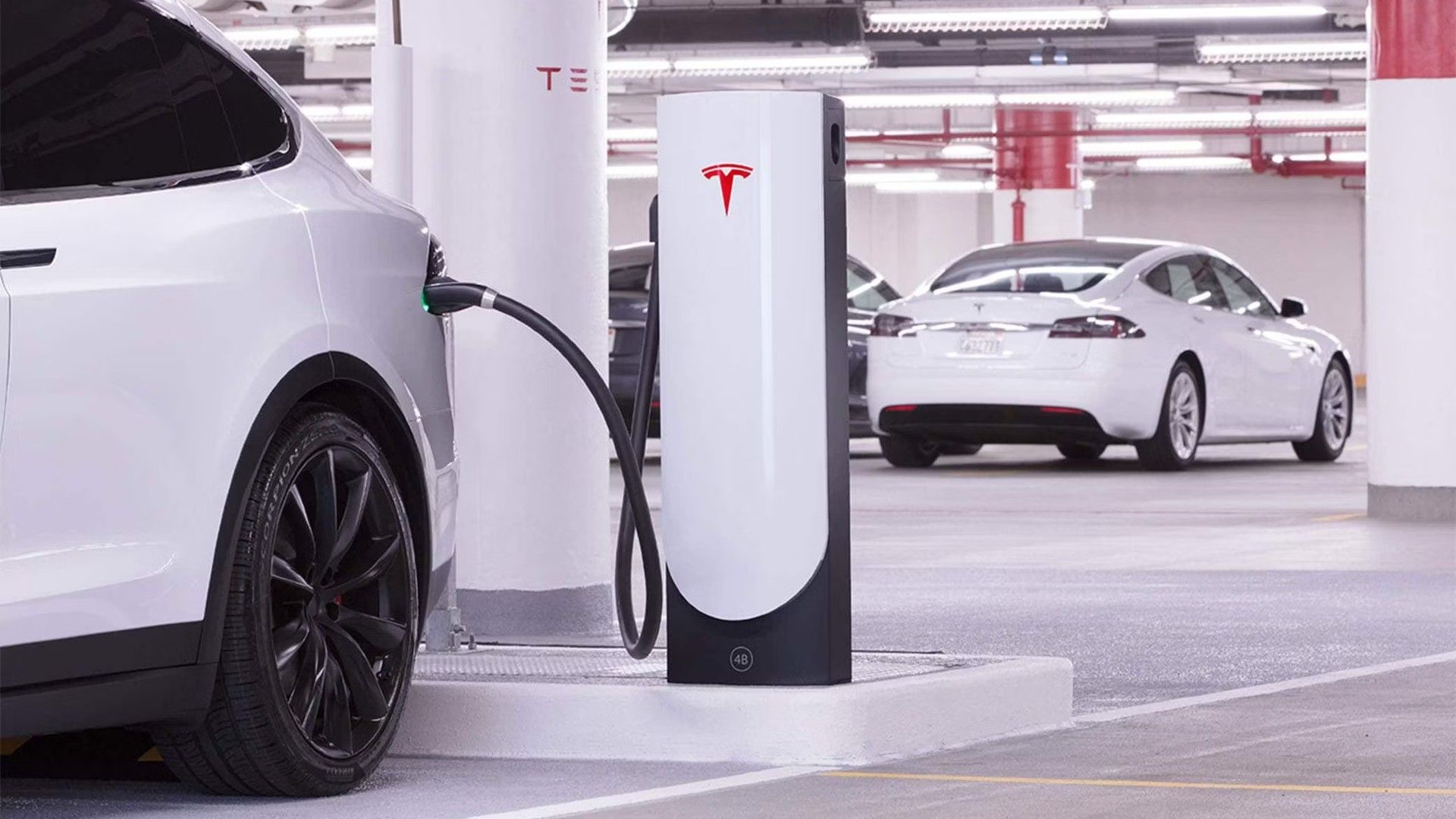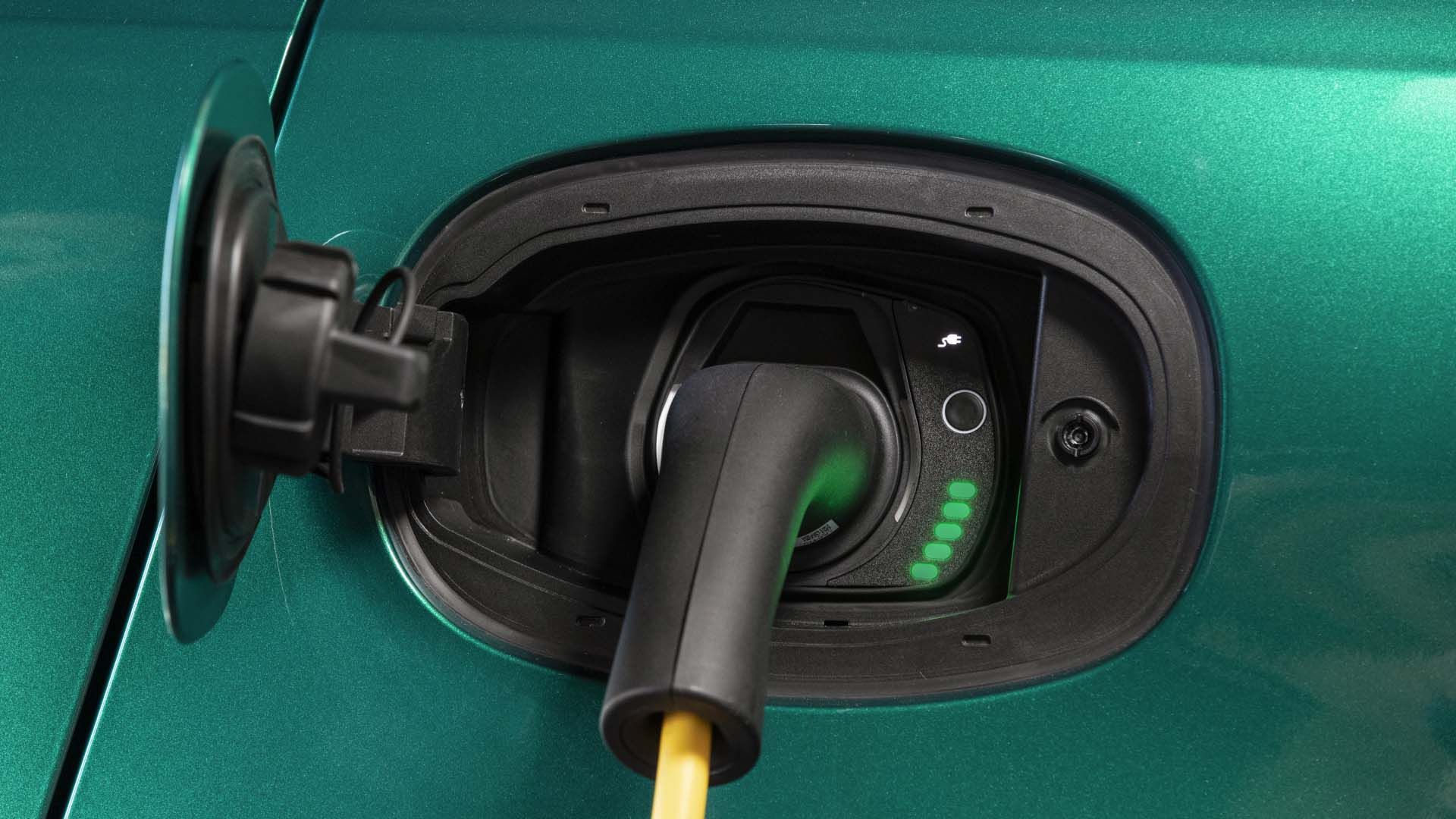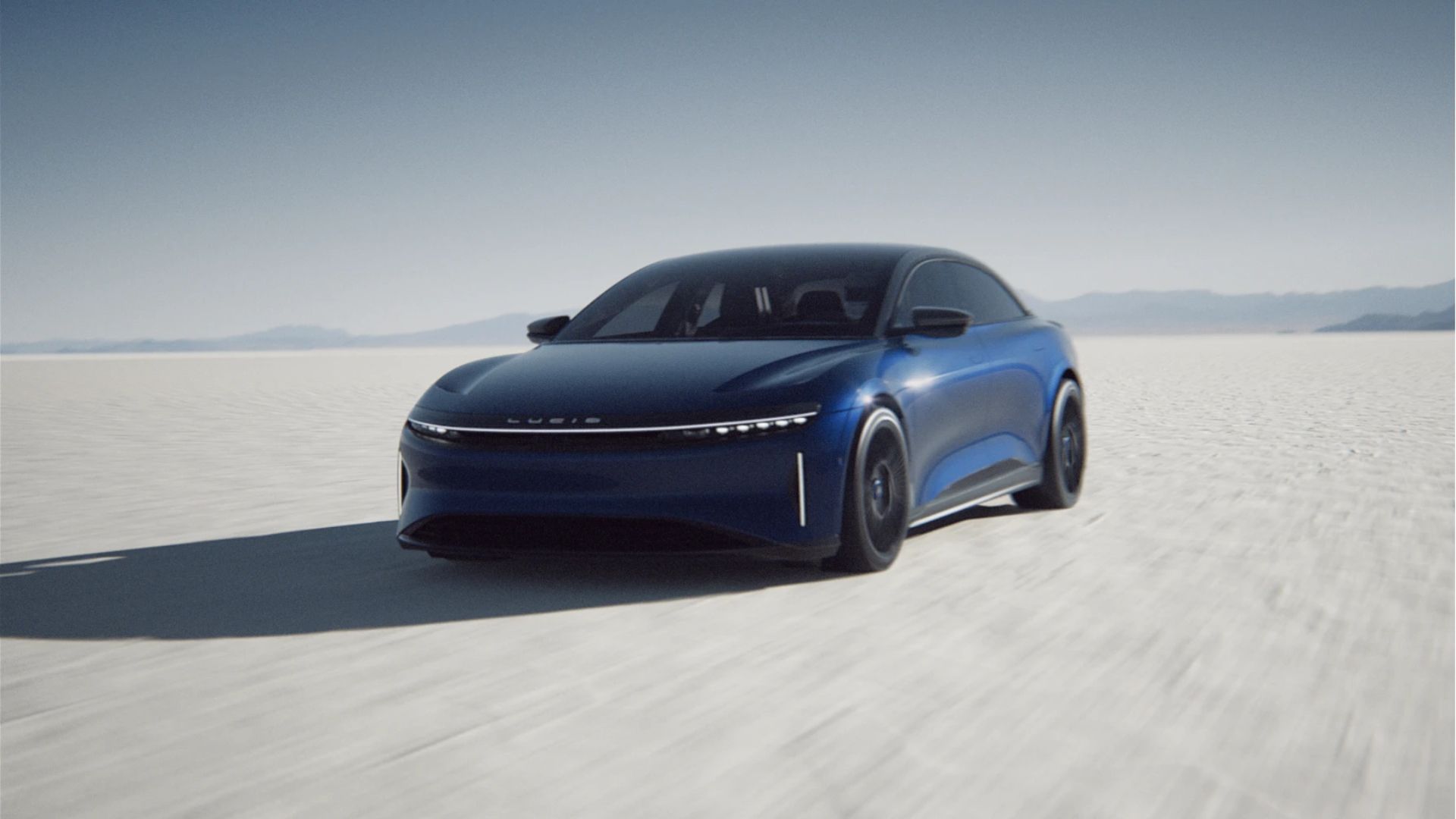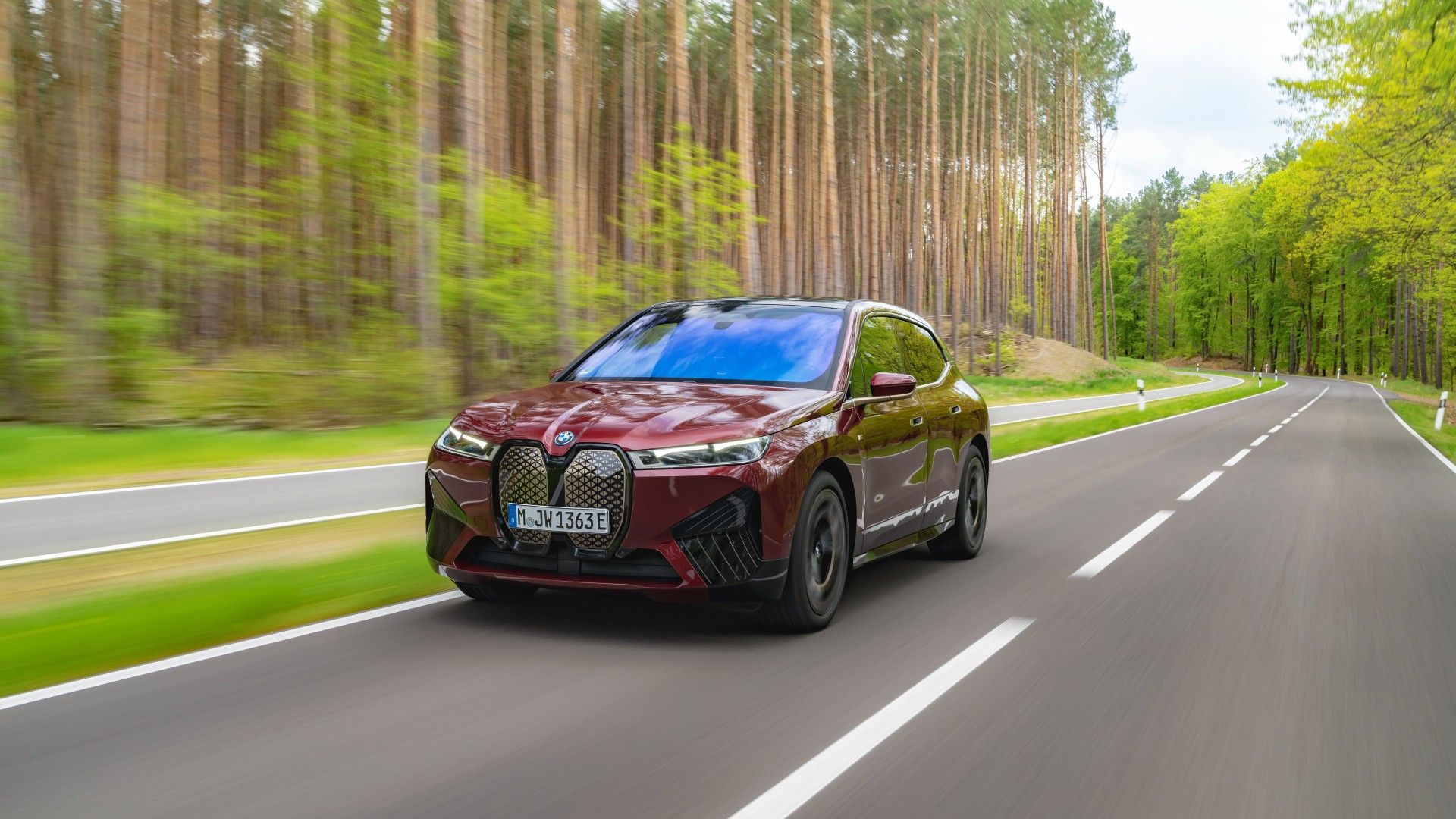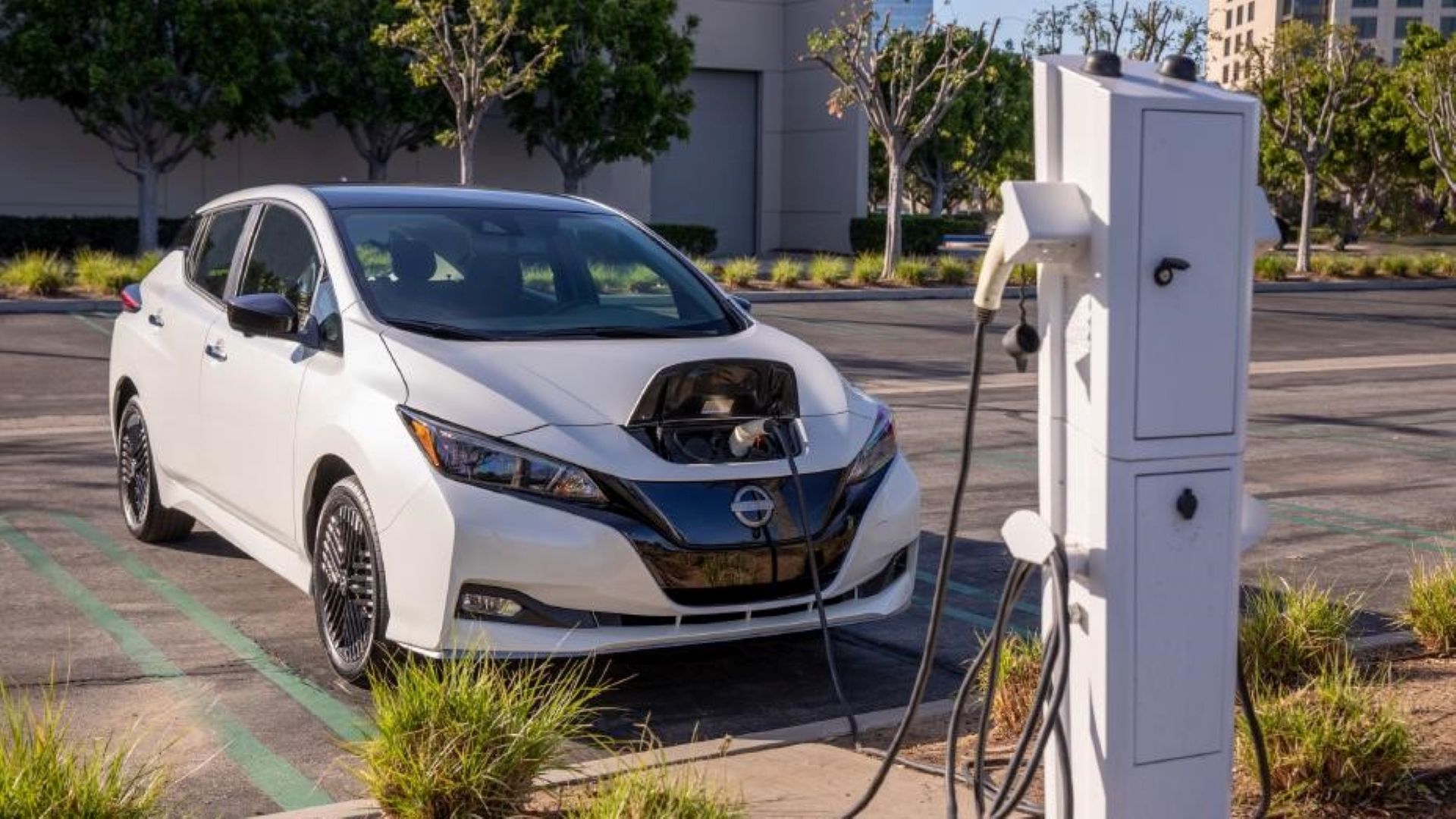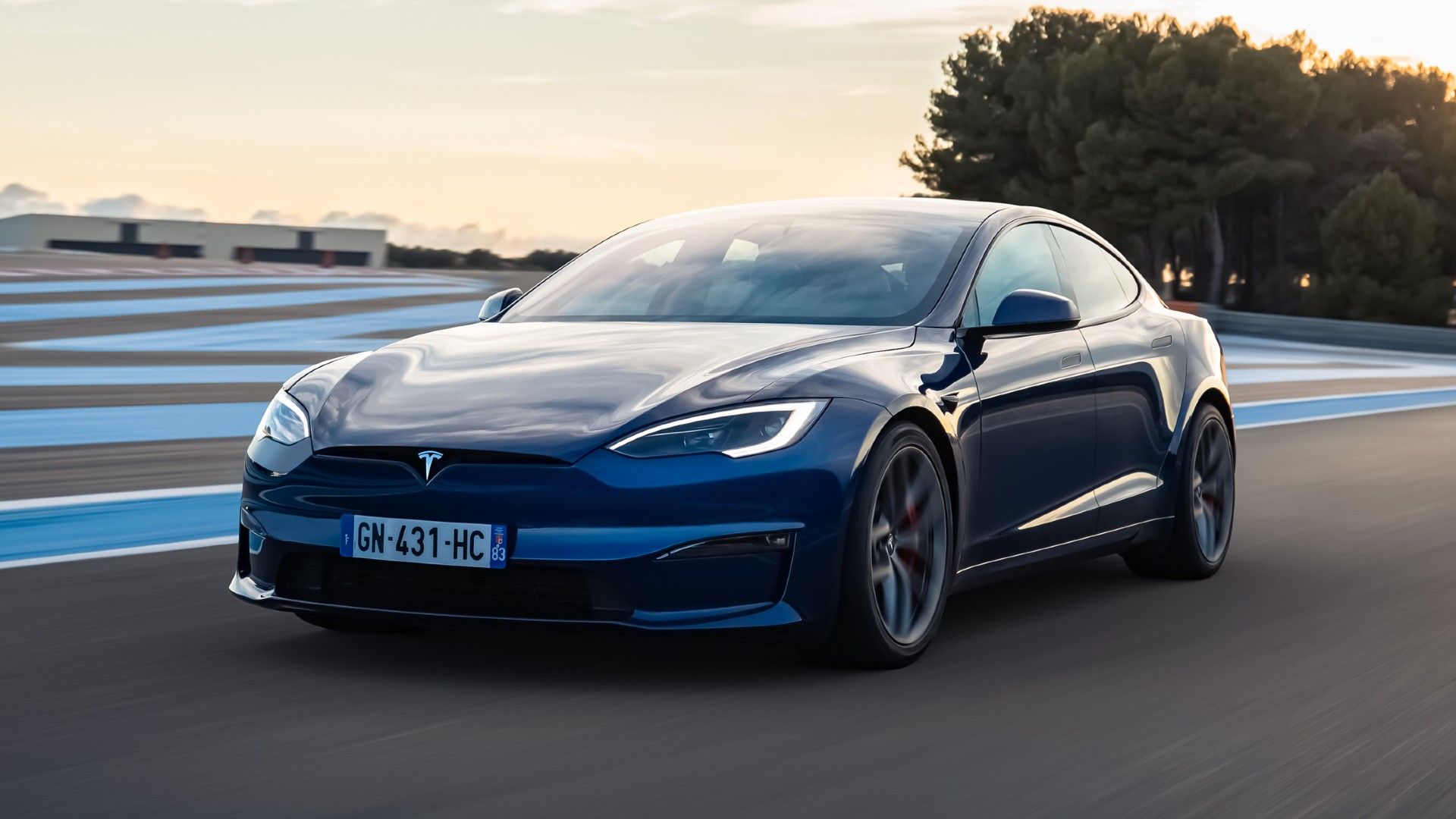Summary
- Towing can significantly reduce the driving range of an electric truck like the Rivian R1T, making long trips with a trailer less convenient than with a diesel-powered truck like the Ford F-150.
- Replacing the battery in an electric vehicle can be extremely expensive, with costs ranging from $13,000 to $20,000 for Teslas, making it a significant long-term maintenance expense.
- The public charging network for electric cars is limited compared to the number of gas stations available for traditional vehicles, which can make recharging on long road trips more challenging and time-consuming. However, the adoption of Tesla’s Superchargers by other automakers and the standardization of EV charging systems could help expand the charging infrastructure.
Electric car owners boast loudly about the lower cost of refueling, the convenience of doing so at home, and the incredible acceleration offered in modern EVs. These are only a few qualities found in EVs that owners love to tell us about, but what do they keep to themselves?
Are there any disadvantages of electric cars? If there weren’t, wouldn’t everyone own and drive one already? Although EVs offer several environmental and efficiency advantages, most owners try to keep quiet about some aspects of these vehicles. You must have all the information before taking an EV out for a drive.
1 Towing Isn’t A Great Activity For Electric Vehicles
EV Truck Towing Reduces Driving Range
The Rivian R1T has four electric motors and an impressive driving range of 328 miles on a full charge. This driving range makes heading into the wilderness with the off-road-equipped Rivian truck a pleasure for any adventurous soul, but towing a trailer can change that feeling.
The towing capacity of the R1T is 11,000 pounds, but adding a trailer to the mix reduces the driving range by half. This means the driving range of a Rivian R1T with a trailer is only 164 miles. Toss in the fact that the R1T requires time to recharge, and you’ll stop several times along the way just to pull a trailer where you want to go.
Conversely, a diesel-powered Ford F-150 offers 620 miles of range on a full tank, although the fuel mileage is cut in half when towing a trailer. Which truck can be refueled faster? The diesel-powered F-150, of course.
2 Replacing The Battery Is Extremely Expensive
Batteries Can Cost More Than ICE Engines
You’ll hear electric car owners boast about how little maintenance their vehicles require, but they might keep quiet about the cost of replacing the batteries when required. All EV automakers provide good battery warranties, but these items can’t be rebuilt when they fail.
How much does it cost to replace a Tesla battery? Depending on the vehicle and battery pack, replacing this item could cost between $13,000 and $20,000. The battery pack in an electric vehicle is the most expensive component.
Over the lifespan of an ICE vehicle, you might not spend as much on maintenance costs as it will cost to replace an EV battery once. Traditional ICE engines can last many years without replacement when properly maintained.
3 Lack Of Charging Network At Present
Electric Cars Can’t Recharge Everywhere
The ability to recharge EVs at home is one of the most appealing aspects of these new-fangled vehicles. Unfortunately, the public EV charging network doesn’t offer as many locations to recharge EVs as there are to refuel gas and diesel-powered vehicles. Much of the drive for EVs and push to grow the numbers on the road relies on homeowners recharging EVs at home, but the public network needs to grow much faster.
Thankfully, Tesla recently announced it will allow other automakers to access its network of Superchargers to recharge other EV brands. Additionally, many automakers are adopting the Tesla charging system as a standard. If a standard system is utilized, the EV charging infrastructure could grow much faster.
4 Charging Times Still Aren’t Where We Need Them
EV Owners Aren’t Super Quiet About Charging Times
How long does it take to put gas into a traditional vehicle? The act of pumping gas takes only a few minutes, and most of the time during a refueling stop is spent inside the convenience store buying fuel for the driver. Unfortunately, electric car owners can’t experience the same speedy charging.
Modern electric cars can charge faster than early versions but still can’t challenge the speedy time of refueling a traditional vehicle with gas. The 2022 Chevrolet Bolt EV can charge at a speed of 55 kW when attached to a fast-charging port. This means the Bolt receives 100 miles of range in 30 minutes but can only recharge to 80% of the vehicle’s capacity.
Most EVs only reach 80% capacity at fast-charging stations to protect the batteries from damage. This means an EV with 300 miles of driving range is reduced to 240 miles when on a road trip, leading us to our next point.
5 Driving Range Is Still Limited Compared To ICE Vehicles
Some EVs Have It; Others Lack It
The Lucid Air offers more than 500 miles of driving range on a fully charged battery, but this electric car is the exception, not the rule. Most EVs achieve between 250 and 320 miles of driving range. Toss in the fast-charging range reduction to 80-percent of a full charge, and every EV faces limited driving distance, making road trips take much longer.
According to the U.S. Department of Energy, the average EV driving range in 2021 was 243 miles compared to 403 miles for ICE vehicles. This puts electric cars at close to 60-percent when compared to traditional vehicles. Many electric car owners keep quiet about the limited driving range, especially when trying to be positive about their vehicles.
6 Winter Driving Reduces Range
Cold Temps Eat Up The Batteries
Although winter driving doesn’t literally eat up the batteries of electric cars, driving in the winter greatly reduces the driving range compared to milder temperatures. Winter driving requires more power from the HVAC system to heat the cabin and keep the battery at the optimum temperature. This means more power going to these areas and not being available for driving.
During winter conditions in Connecticut, Consumer Reports tested a Tesla Model 3 and found the driving range depleted at about twice the rate it would during warmer temperatures. The test showed that the Model 3 used about 121 miles of displayed range while only driving 64 miles, a significant decrease. Some EVs have battery conditioners and heaters, but these items still require electric power.
7 Higher Purchase Price Than Traditional Vehicles
EV Prices Are Too High For Some Drivers
The average price of electric cars hovers around $66,000, much higher than the average household can afford. The price paid for an EV is another item that most electric car owners will remain quiet about unless they want to boast about how much money they spend or make.
Although the average EV is over $60,000, the price of a traditional vehicle is around $48,000, which isn’t exactly cheap or affordable for the average homeowner. EV owners can qualify for a tax credit, spend less on fuel and maintenance, and have the most advanced safety systems. These factors can help lessen the blow of the high price but not completely remove the impact.
8 Limited Model Selection
Most Automakers Only Have A Few EVs
New names are popping up in the automotive market, but we still want to see traditional brands offer electric versions of the cars, trucks, and SUVs we love and admire. With Tesla, Rivian, and other EV automakers entering the fray, the pressure is on Ford, GM, Toyota, Nissan, and other traditional brands to come through.
The Nissan Leaf might be the most popular EV in the world, but that doesn’t make it a great choice for a consumer looking for a work truck. Currently, there’s a limited selection of models in the electric vehicle market, but that will change over the next few years. Soon, the EV world will transition from the Chevy Bolt, Nissan Leaf, and Hyundai Kona EV to more electric trucks and SUVs which fit consumers’ needs much better.
9 Lack Of Tesla Service Centers
Dealer Service Centers Are Still Learning About EVs
Tesla has become the most popular electric vehicle brand in the world. The non-traditional method of buying a Tesla has spilled over to the service area of the automotive market. Tesla service centers are rare, with many US states only having one center in the entire state. That’s extremely inconvenient for electric car owners.
The lack of Tesla service centers makes it difficult for Tesla owners to receive the service and repair work required within a reasonable amount of time. Could you imagine a Ford service center pushing your collision repair back weeks or months with you accepting this as a normal part of doing business? Tesla has built a bit of a reputation for lengthy service times.
10 Some EVs Aren’t Engaging To Drive
Straight-Line Speed Doesn’t Translate To Spirited Performance
Electric car owners aren’t quiet about the instant torque, which translates to incredible acceleration off the line. The Tesla Model S Plaid is one of the quickest cars in the world, with a 0-60 sprint time of 2.5 seconds. That said, when turning laps and facing curves, most EVs fall behind traditional cars. Still, a lightweight car like the Mazda Miata can be much more fun to toss through the curves than the Tesla Model S Plaid.
Some automakers have built electric vehicles for specific environments to make them extremely fun and useful. The GMC Hummer EV is an amazing off-road machine with its Crab Walk feature, ground clearance, amazing off-road qualities, and incredible power.

